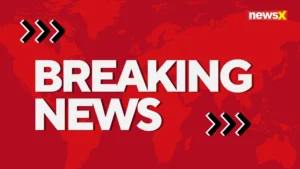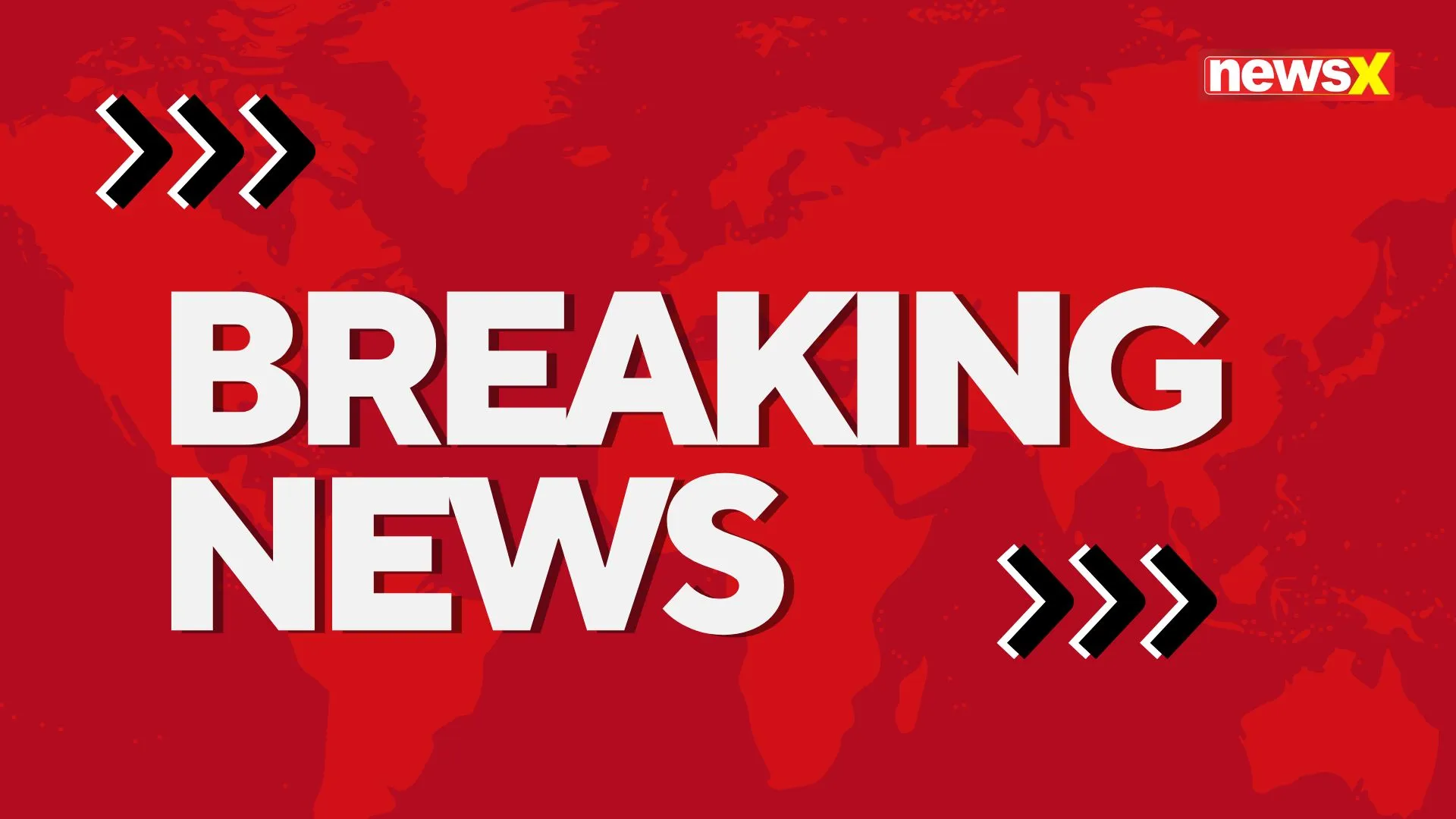A chilling tragedy unfolded on New Year’s Day when Shamsud-Din Jabbar, a Texas man proclaiming allegiance to ISIS, drove a truck through Bourbon Street pedestrians, killing 14 and injuring dozens. Shockingly, this devastating attack mirrors vulnerabilities highlighted in a 2019 security assessment, revealing that the tragedy might have been preventable.
Conducted by Interfor International, the 2019 report warned city leaders that existing bollards installed to protect the French Quarter were frequently inoperable. The issue stemmed from maintenance failures and the barriers being intentionally kept down for convenience. These findings were an extension of earlier concerns from a 2017 AECOM report, which flagged Bourbon Street’s dense pedestrian crowds as a potential terrorism target.
Despite these warnings, the city’s efforts to upgrade its infrastructure lagged. New Orleans Mayor LaToya Cantrell stated the bollards were undergoing renovations ahead of the upcoming Super Bowl. “Bollards were not up because they are near completion, with the expectation of being completed by Super Bowl,” she explained.
On New Year’s Eve, New Orleans police had stationed a cruiser to block the area, but Jabbar evaded it by mounting the sidewalk. Experts, including Interfor’s Don Aviv, argue that robust, systematic traffic control measures could have averted such a disaster.
The French Quarter Management District defended its efforts, emphasizing its commitment to public safety and partnerships with the city. However, the tragic events have reignited questions about prioritizing security in high-risk, densely populated areas like Bourbon Street.
As New Orleans grapples with the aftermath, the 2019 warnings serve as a stark reminder: vigilance and proactive infrastructure investments are essential to safeguarding public spaces.
ALSO READ: British Writer And Mastermind Behind The Campus Trilogy David Lodge Passes Away At 89




















